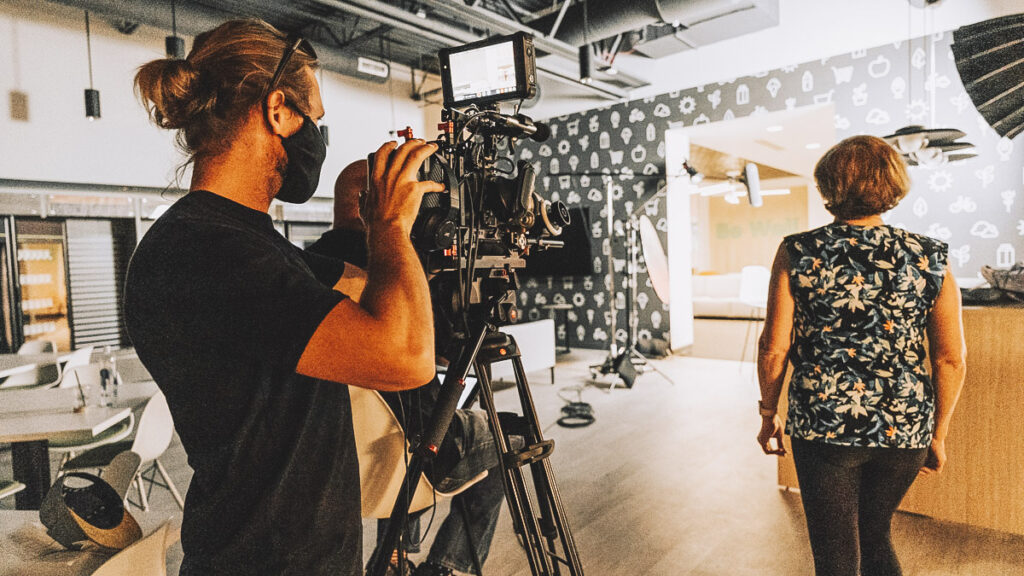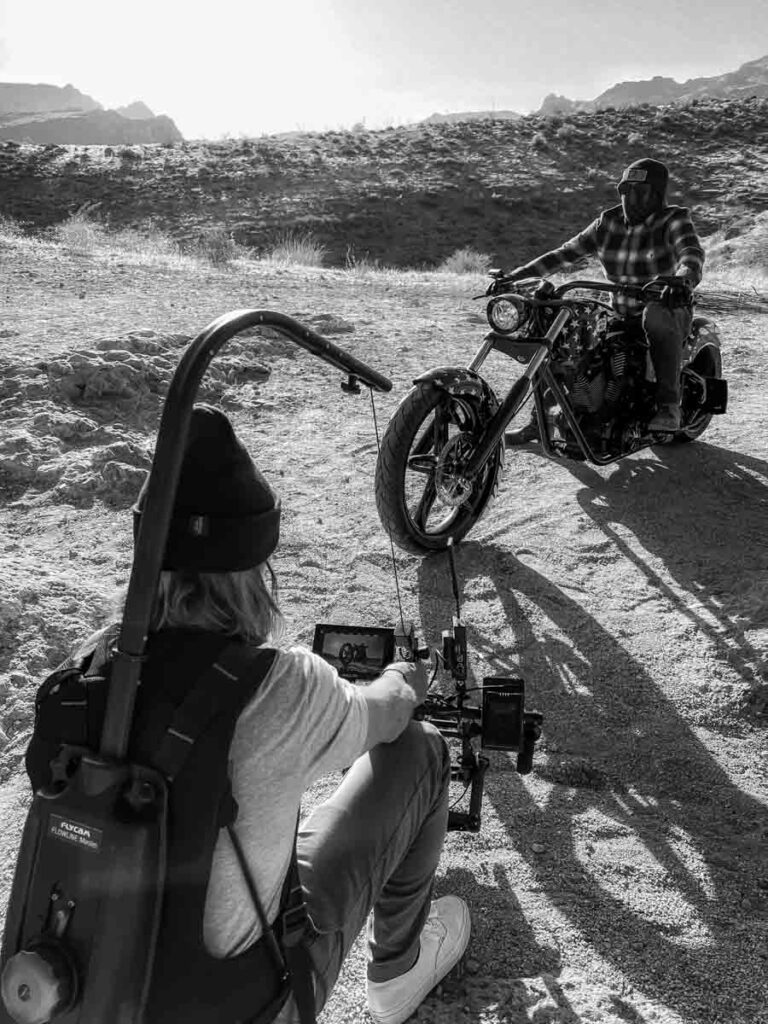Storyboarding: From Script to Screen
Storyboarding acts as the bridge from imagination to on-screen reality, translating scripts into visual tales. It’s an essential tool for filmmakers at all levels, enhancing storytelling while aligning with production demands.
Visualizing the Story: The Blueprint
Storyboarding translates the director’s vision into visual sketches, detailing shot arrangements, camera perspectives, and emotional undertones, ensuring a synchronized approach during shoots.
Pre-Visualization: Collaborative Vision
A shared storyboard fosters effective collaboration, uniting everyone from directors to set designers in their vision. It catalyzes discussions, refining ideas and ensuring unified on-set goals.
Enhancing Story Flow: Emotion & Transitions
Beyond visuals, storyboarding dictates scene pacing, emotions, and transitions. Proper placement of frames can intensify drama or provide pauses, ensuring a cohesive, audience-friendly narrative.
Balancing Creativity & Script Fidelity
Storyboard artists strike a balance between their creative flair and script requirements. The challenge is in adding depth while respecting the story’s core essence.
Script Translation: Crafting Visuals
Transforming script into visual storyboard involves choosing the right shots, perspectives, and emotions, effectively capturing dialogue, actions, and subtleties in each frame.
Prioritizing Key Elements
Storyboard artists emphasize vital plot points and character emotions, using visual cues to guide viewer engagement and move the narrative forward.
Shot Composition: Choosing Perspectives
The choice of shot types and angles can dictate scene interpretation. From wide shots that set the stage to close-ups revealing emotions, every choice impacts viewer perception.
Framing: Directing Viewer Focus
Framing defines what viewers see, with elements like character positioning, leading lines, and composition balance evoking specific emotions or interpretations.
Setting Mood: Colors & Lighting
Colors and lighting in storyboards set emotional tones, with each shade and light-shadow play determining viewer feelings and scene atmospheres.
Feedback & Iteration: Refining the Visuals
Storyboarding is an evolving process. Continuous feedback and iterations help refine visuals, anticipate challenges, and improve the final product.
Storyboarding Tools: Modern Enhancements
While traditional hand-drawn boards have their charm, digital tools amplify efficiency, encourage collaboration, and allow real-time modifications.
Learning Resources
Countless online resources, books, and communities provide insights into storyboarding, helping artists refine their craft.
In essence, storyboarding is a powerful tool, melding imagination and tangible output. For filmmakers, mastering storyboarding can shape their cinematic journey.




